Milk samples from every New Zealand dairy farm will be taken shortly after the start of their calving season, when cows are most likely to be shedding the bacterium.
Samples will then be collected through the programme from each farm approximately four weeks following the start of supply, the first samples expected to be collected in the North Island in late July.
Mycoplasma bovis
Mycoplasma bovis is very difficult to test for as animals can be carrying the bacteria but not appear ill or show evidence of it in their blood or milk. Testing at this time of year, when cows are in the early weeks of lactation and under some physical stress (and therefore more likely to be shedding), will yield the most accurate results and provide further information and assurance about the location of the disease in New Zealand.
MPI's director of response Geoff Gwyn says farmers won't have to do anything as all test samples will be collected as part of the standard on-tanker test process.
Samples will be collected from each farm every two weeks up to a total of six samples over 12 weeks and tested by Milk TestNZ.
Gwyn says the bacterium itself presents no food safety concern. Most dairying countries live with Mycoplasma bovis and safely consume milk products.
Eradication programme
Tests will look for both the presence of antibodies to Mycoplasma bovis and also the DNA of the bacterium.
Once the programme is completed, farmers with "not-detected" results will receive an email from their dairy company confirming the disease has not been found in their samples. Those in the North Island will receive their results on or before 1 November and those in the South Island will hear on or before 15 November.
Any farm that has a sample where mycoplasma bovis is detected will be contacted immediately by MPI and given details of the next steps.
As the eradication programme continues, it's likely that more rounds of this testing will take place to ultimately confirm that the disease is gone and eradication has been successful.




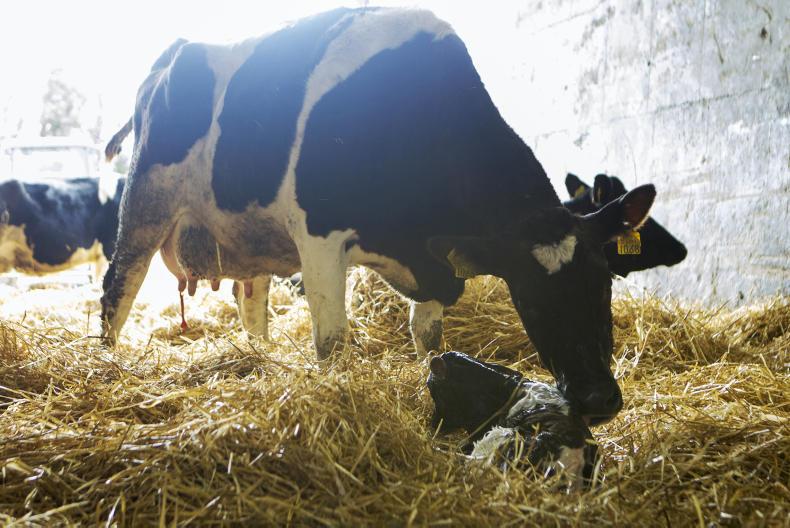
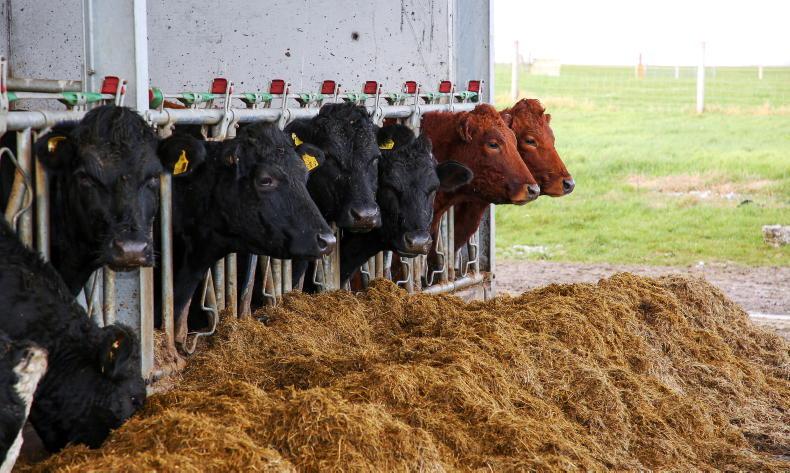

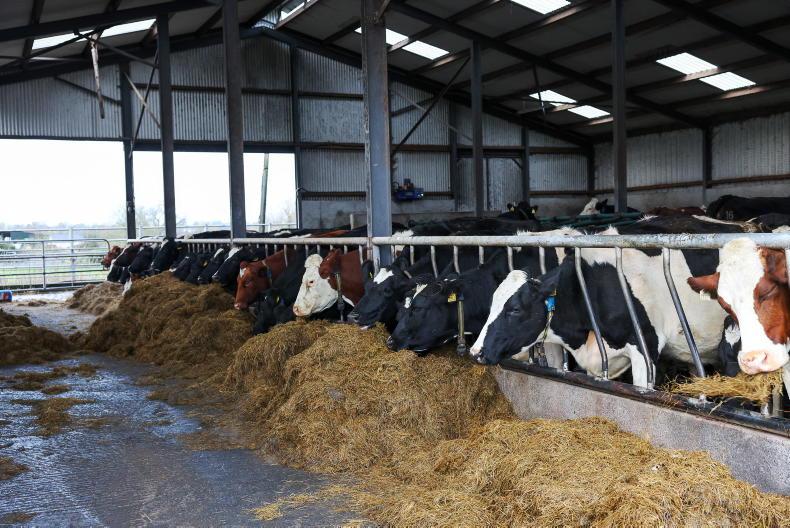
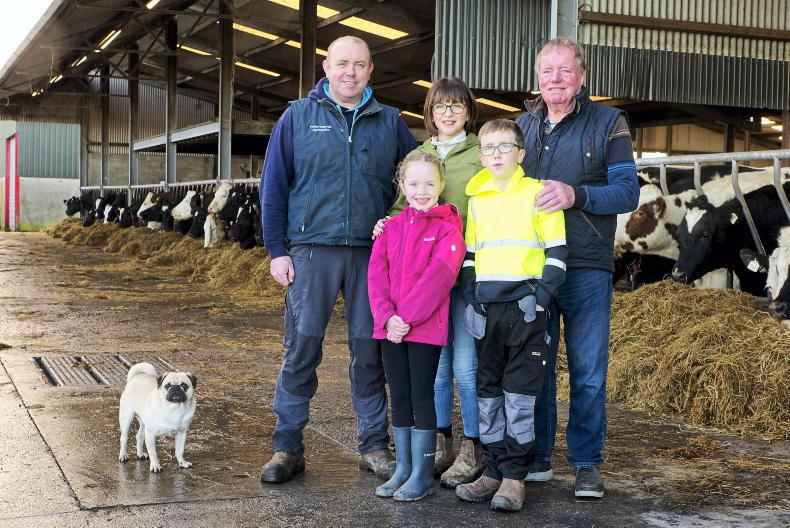
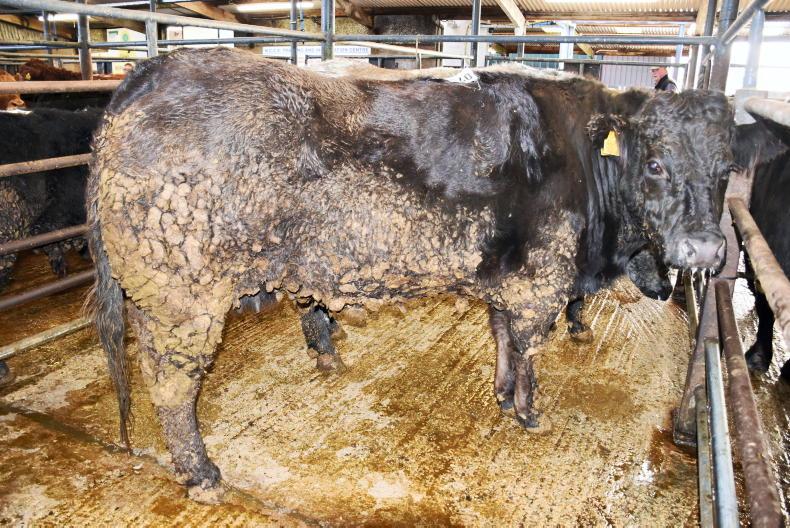
SHARING OPTIONS